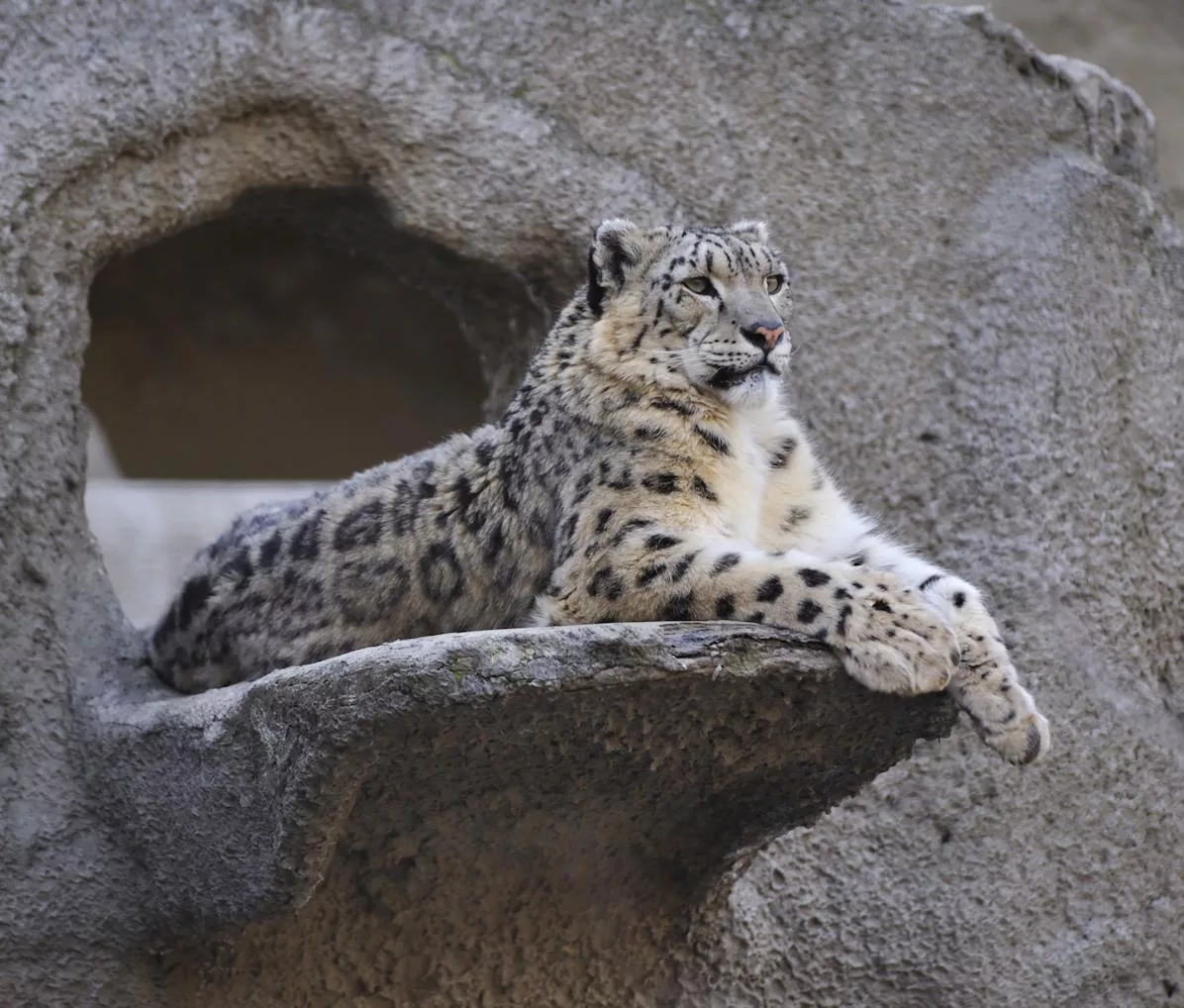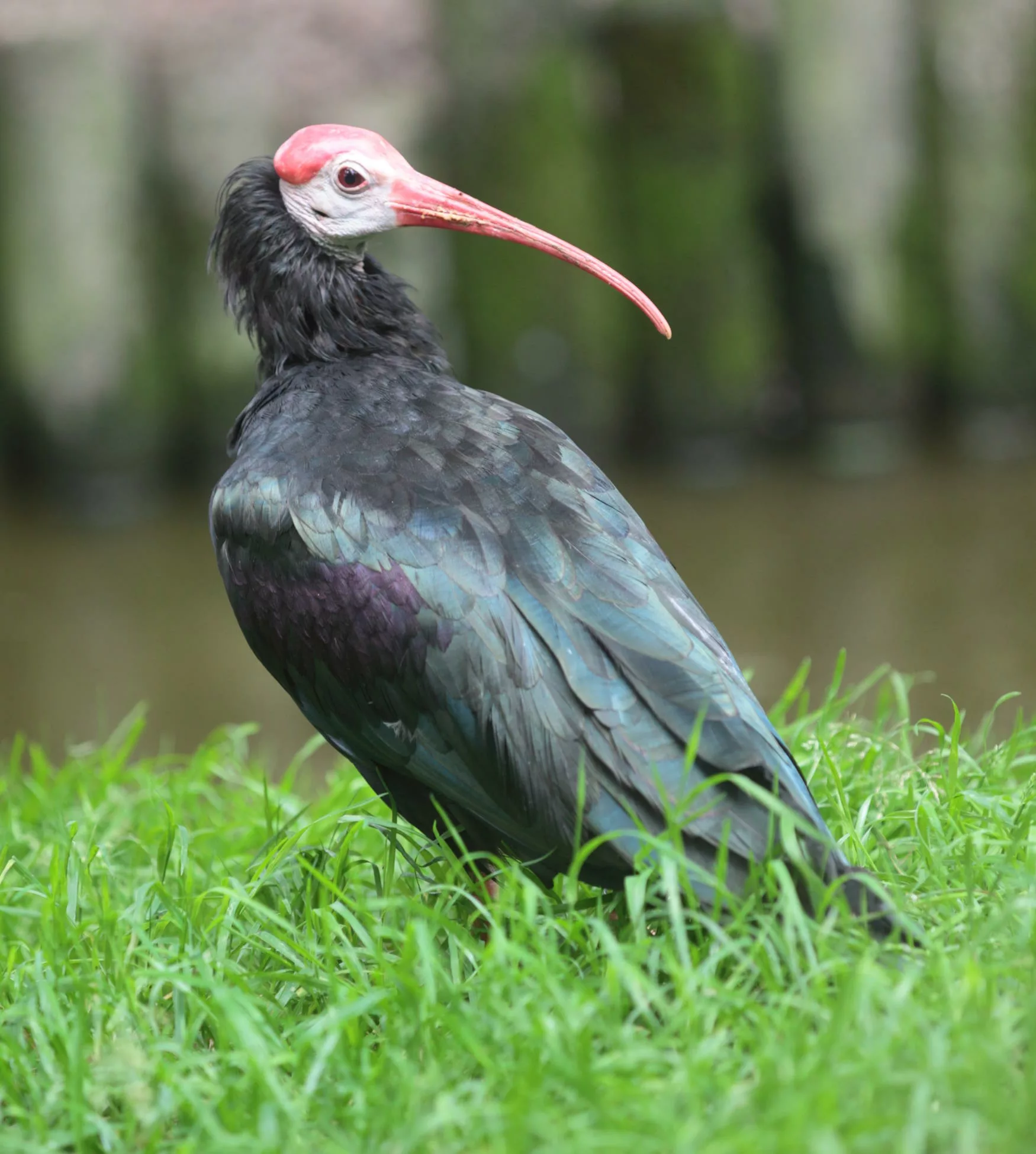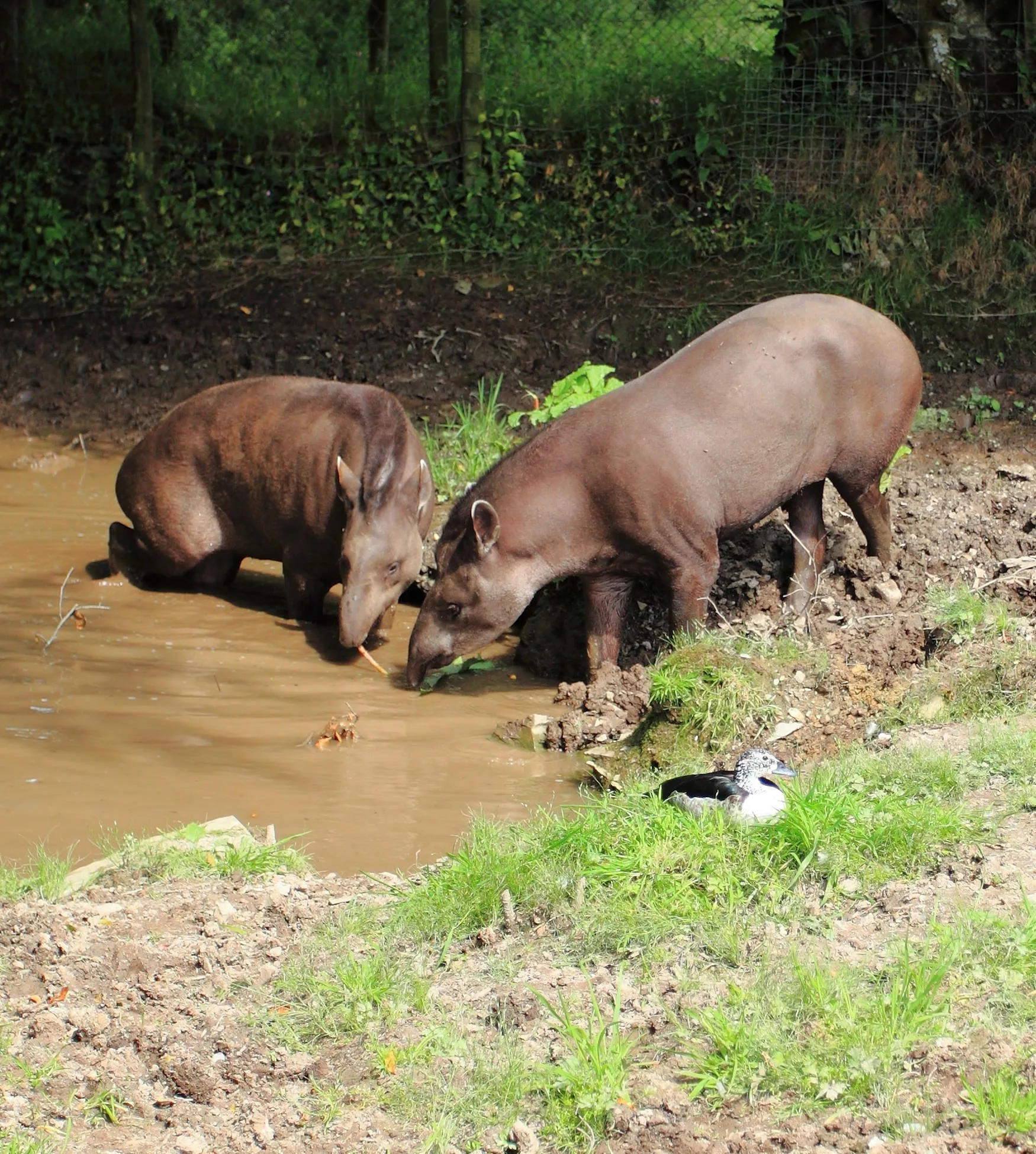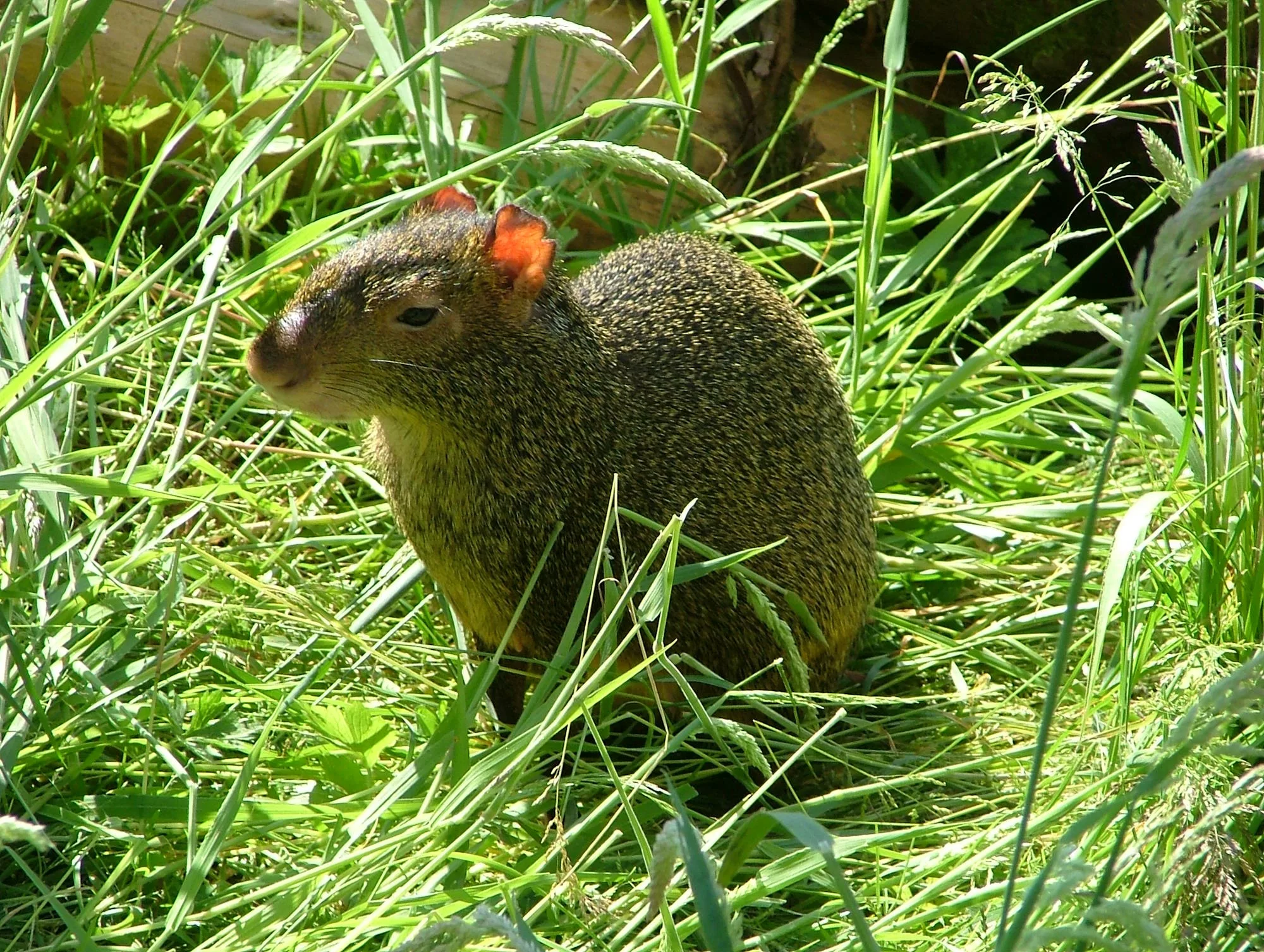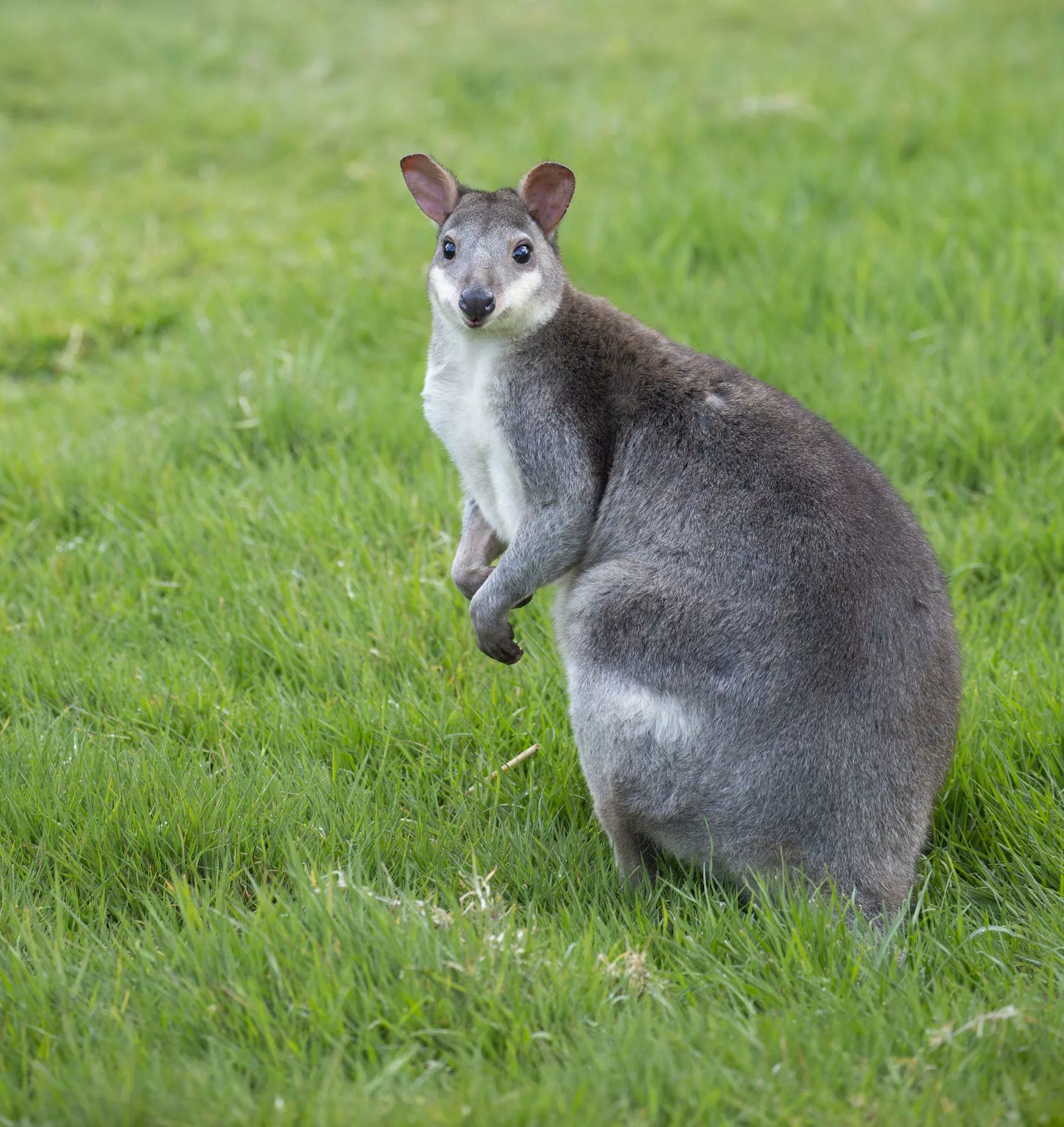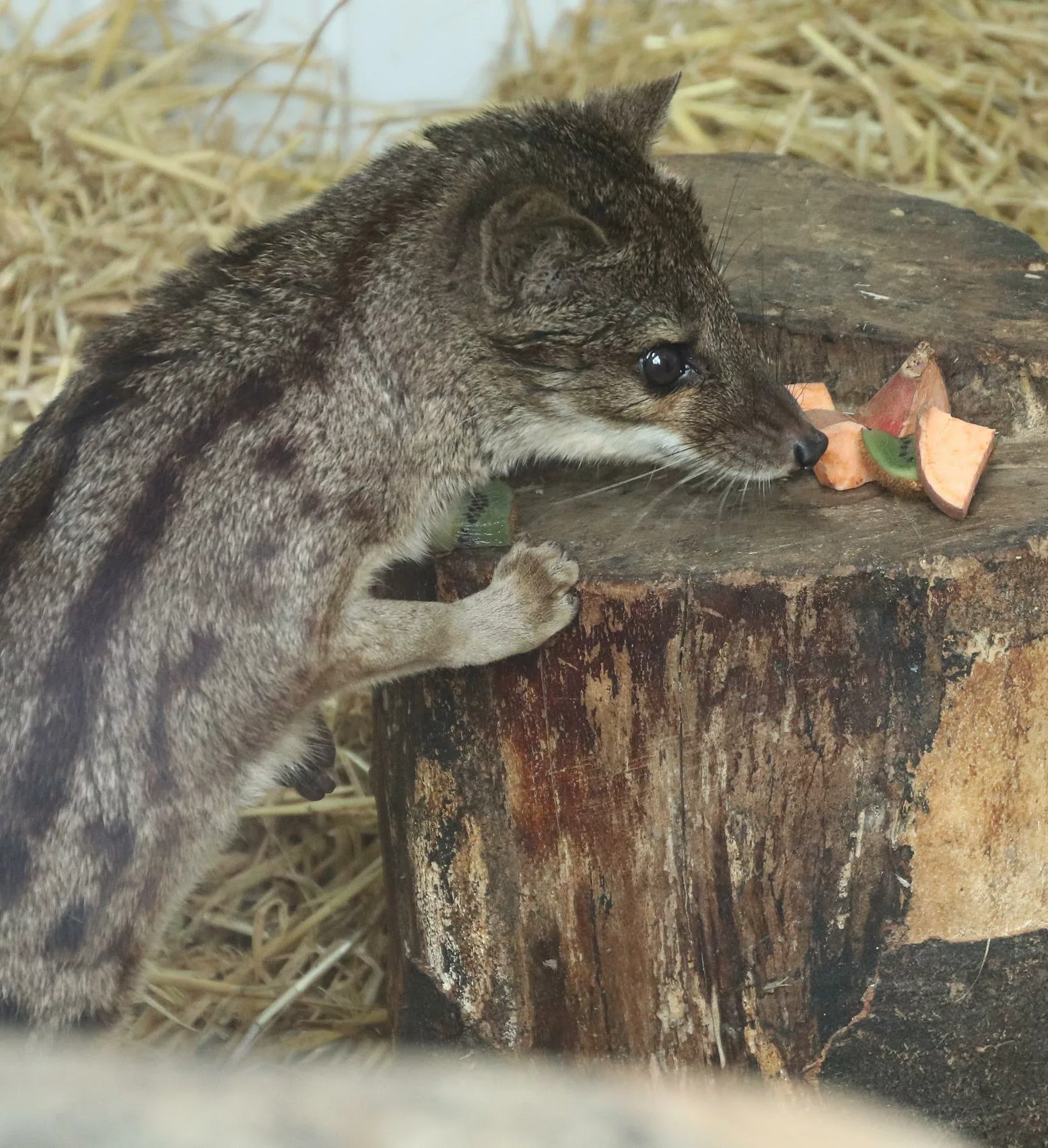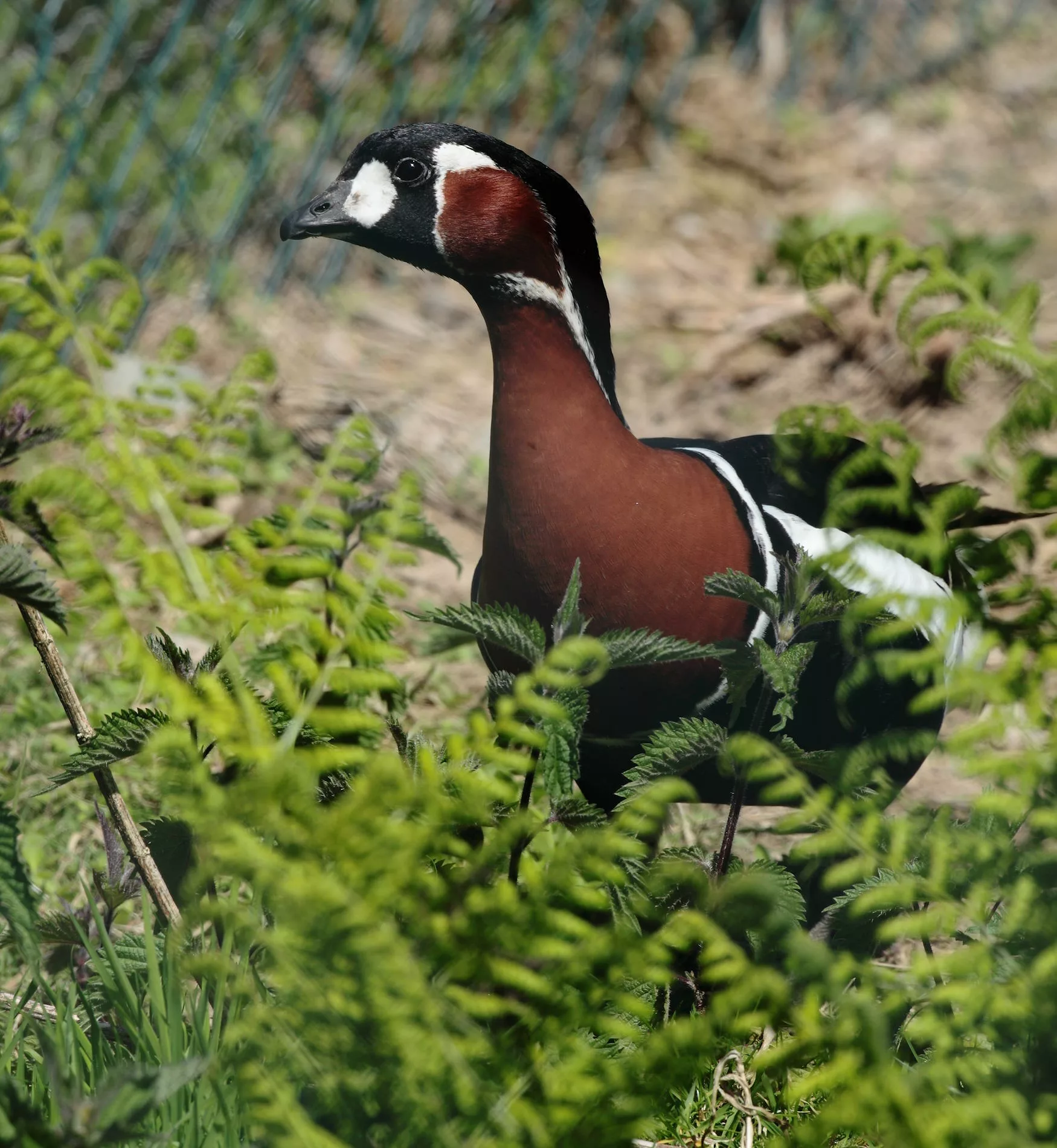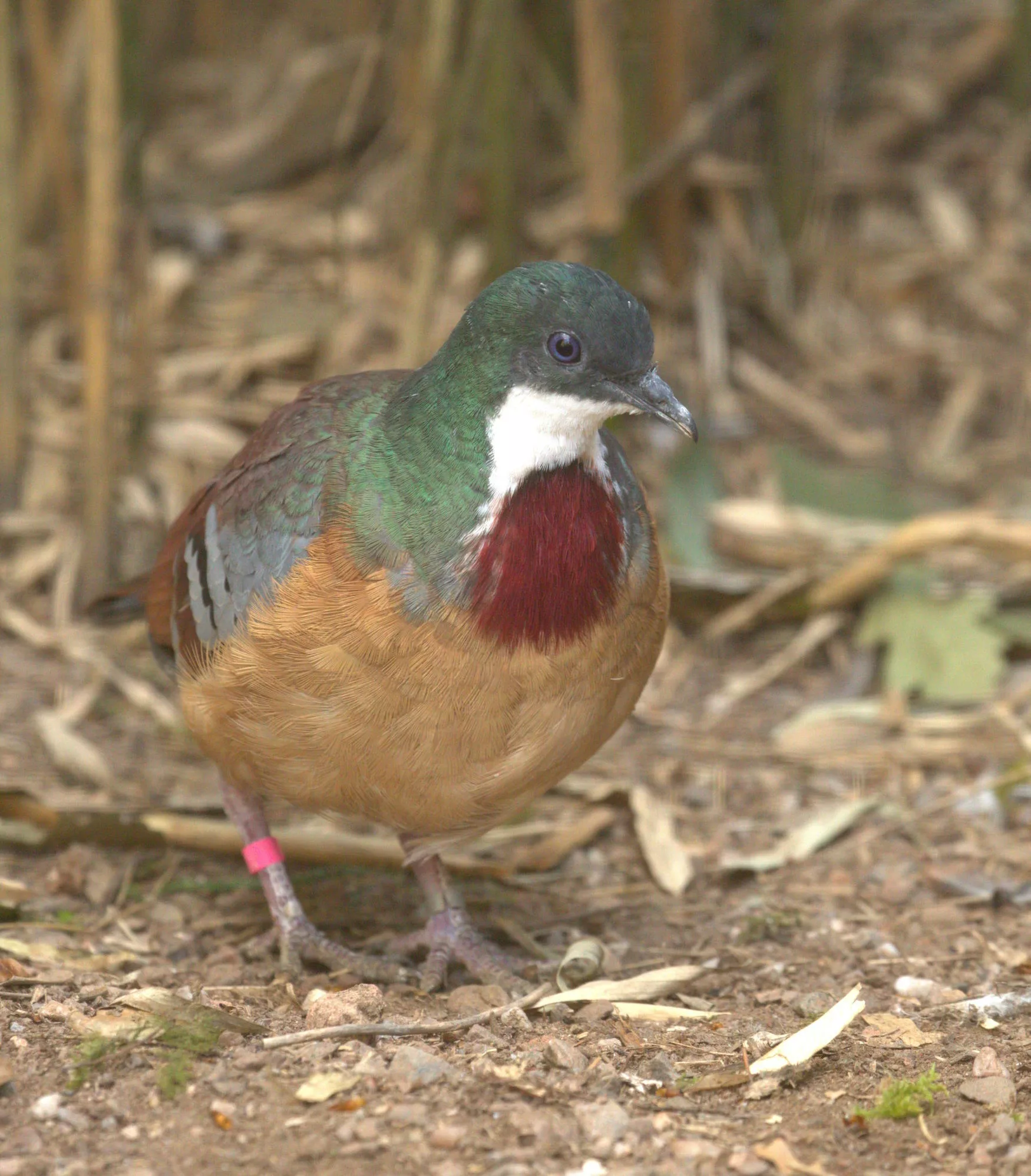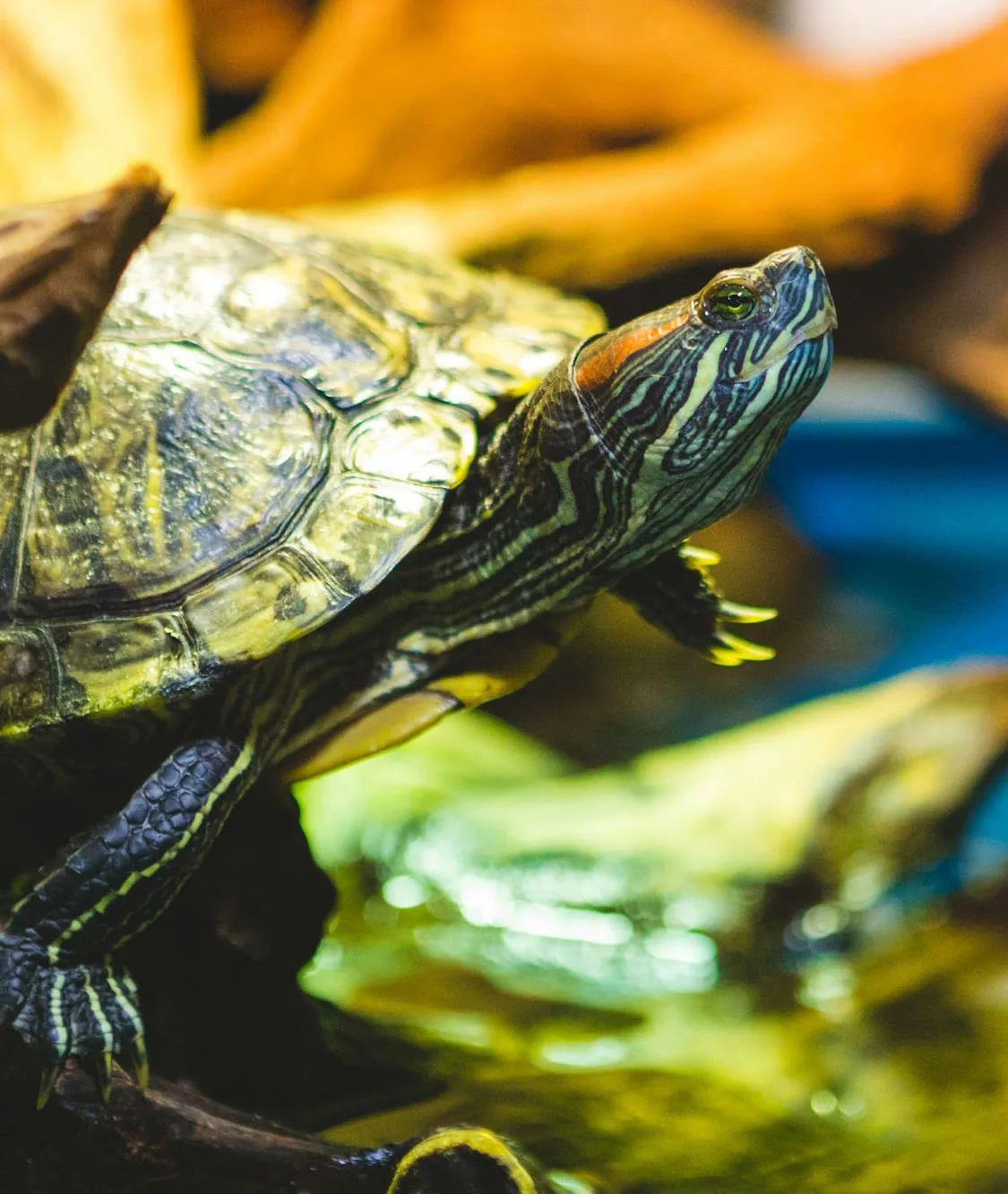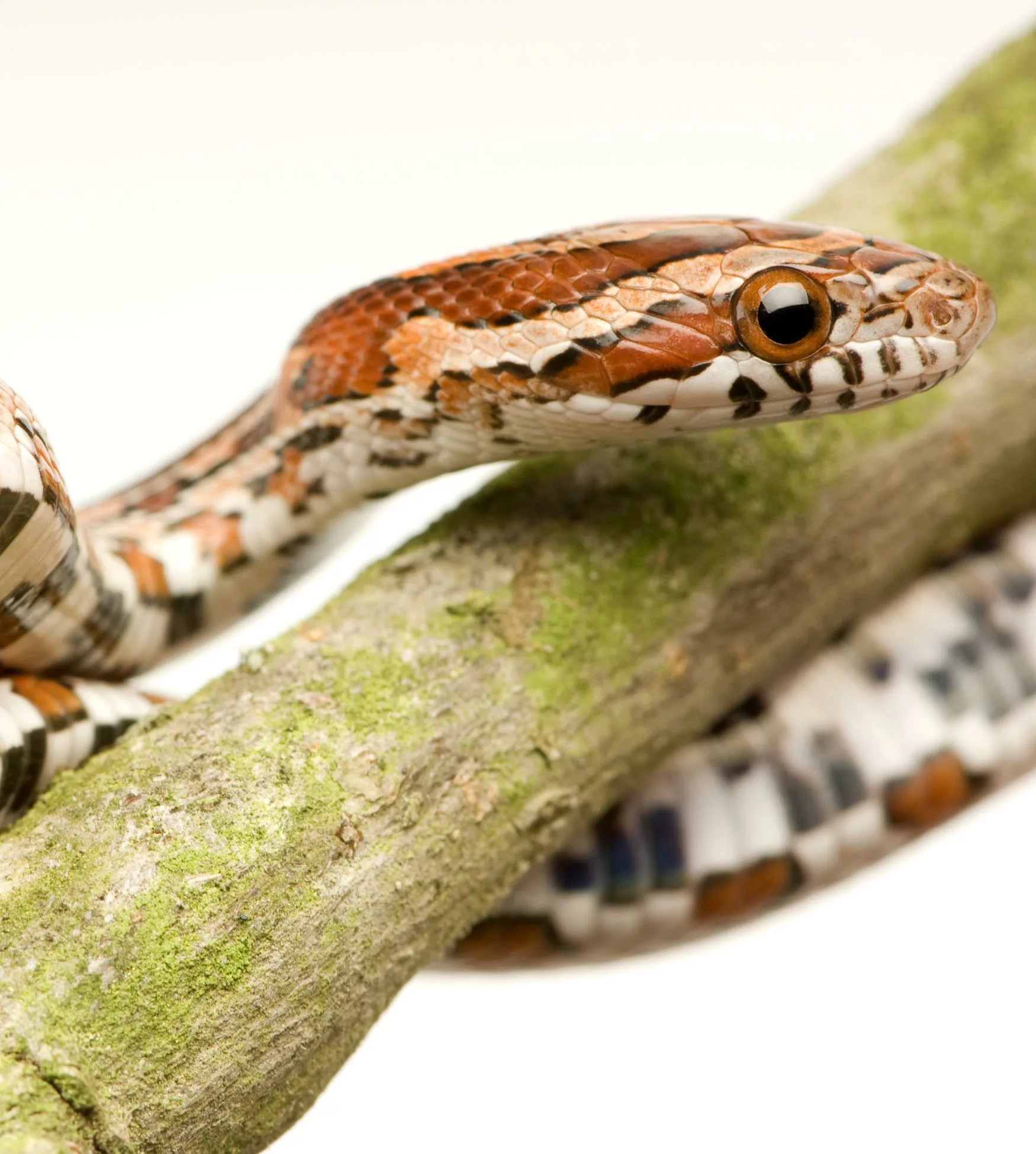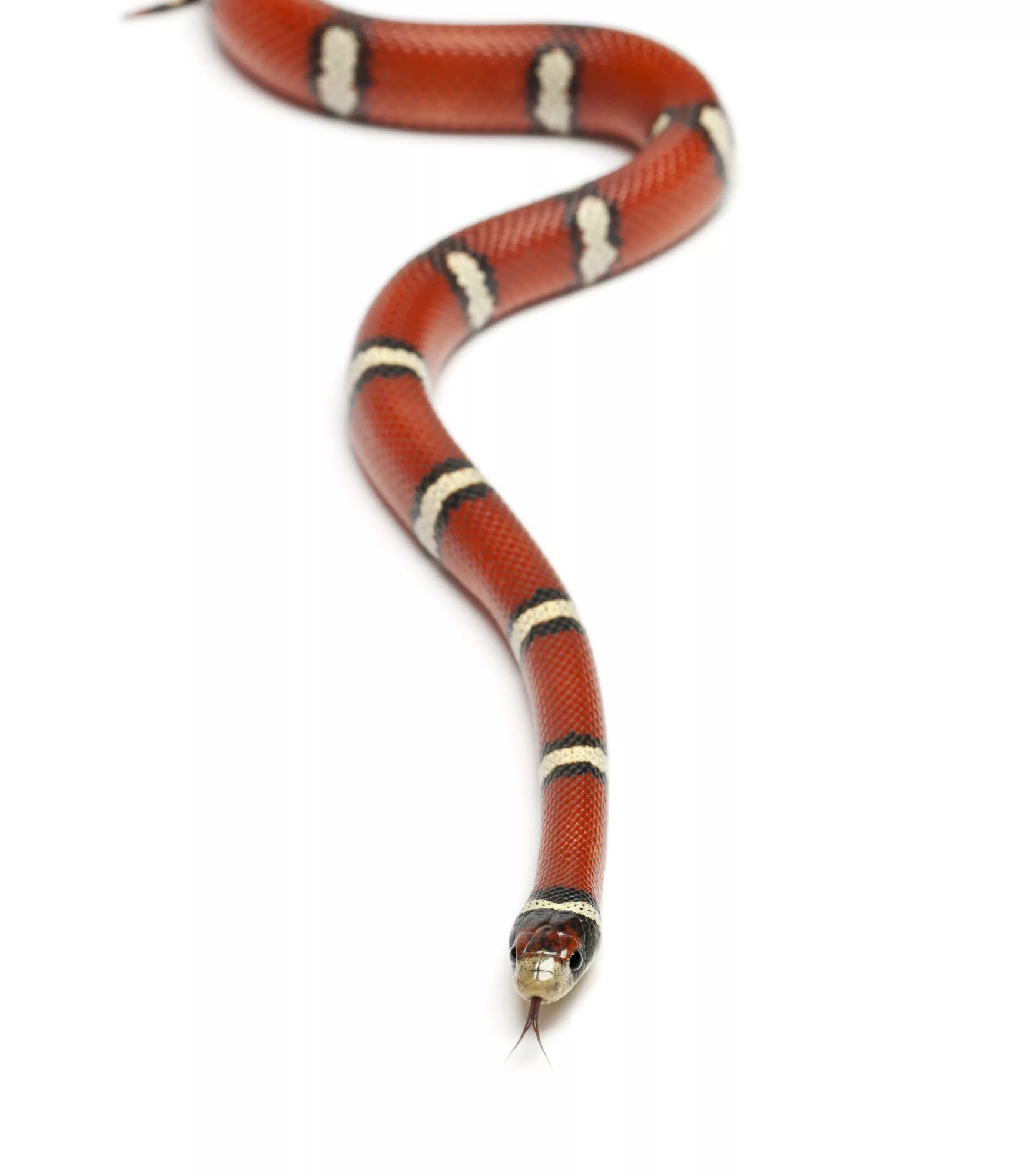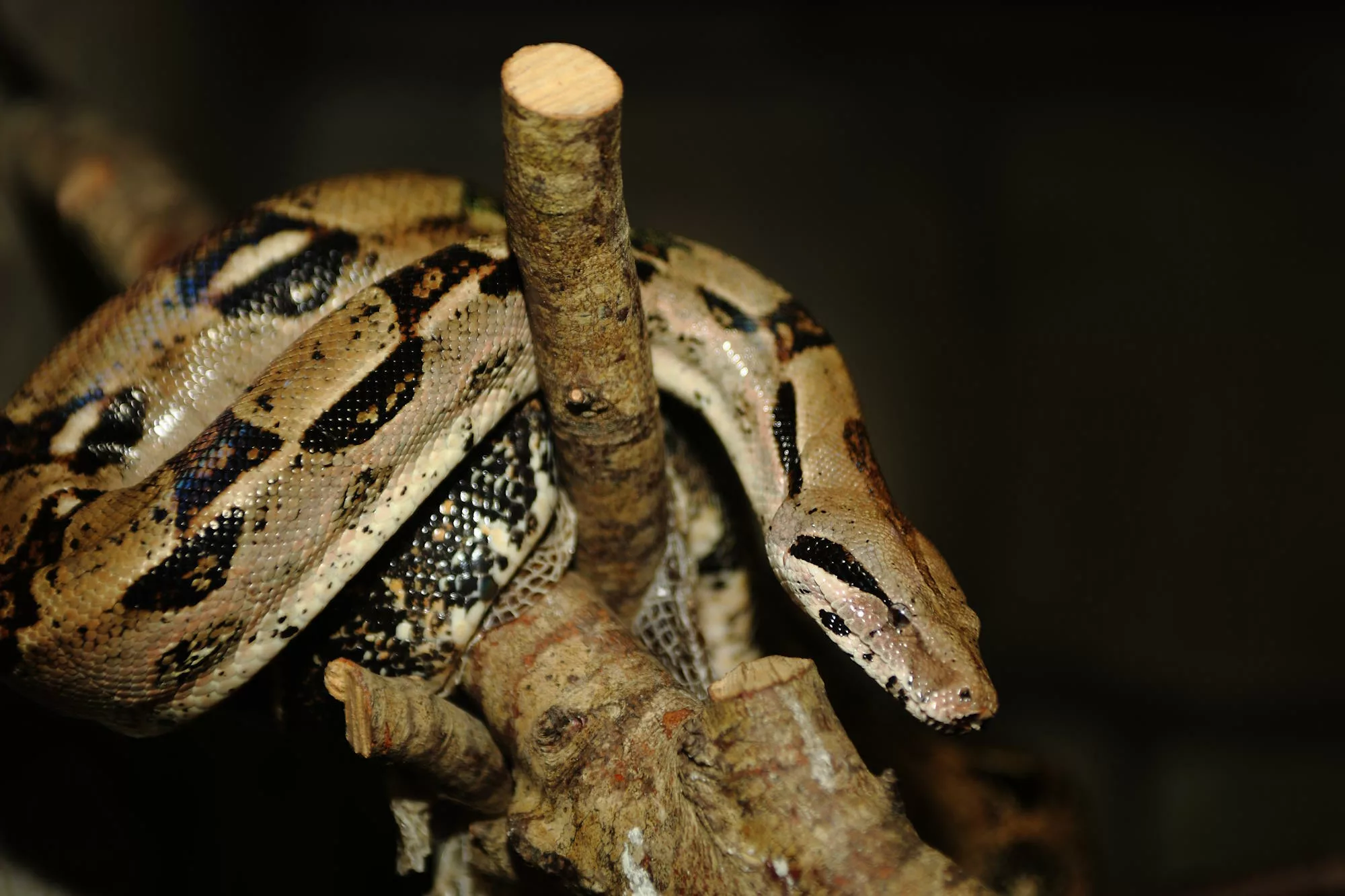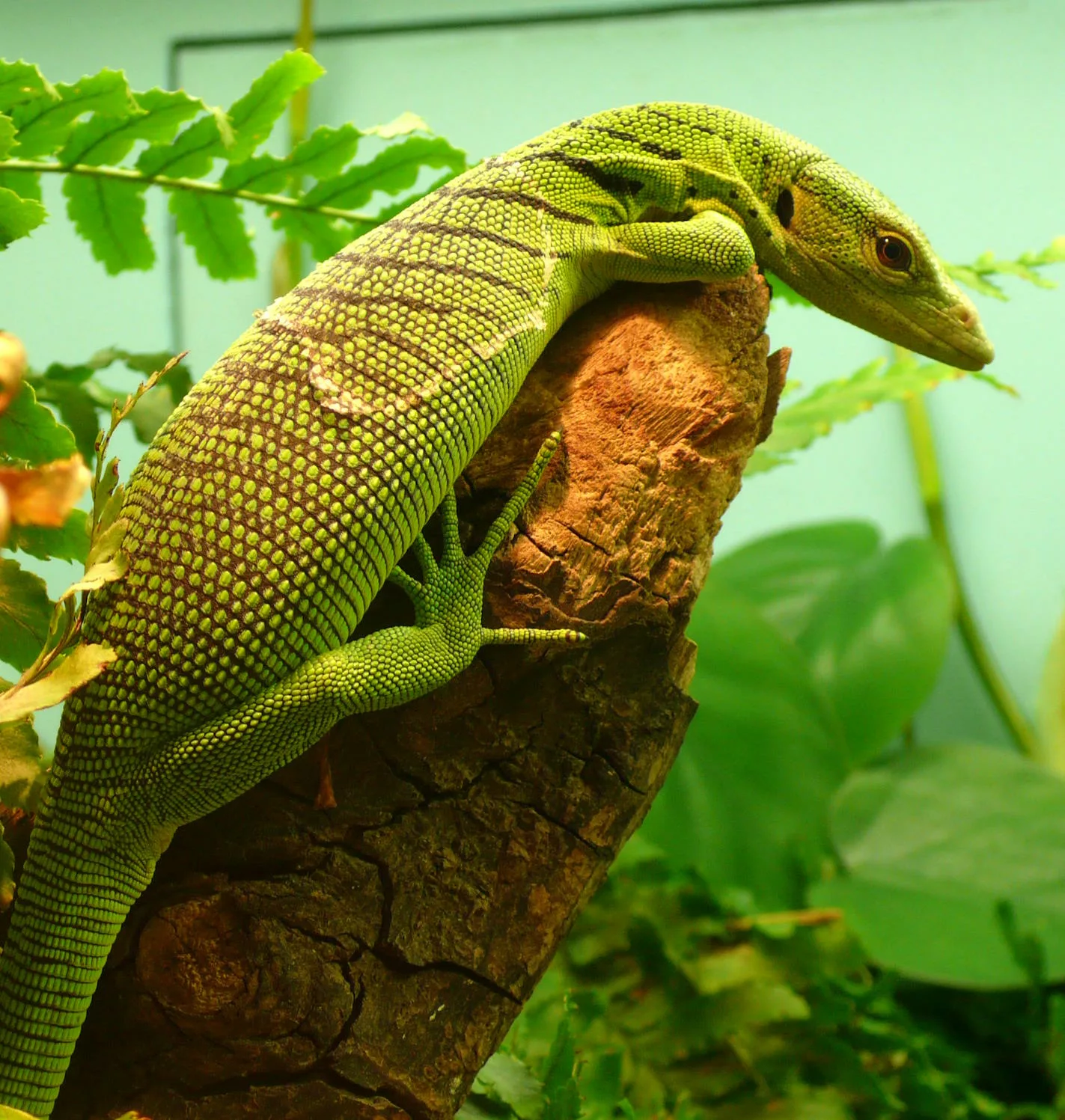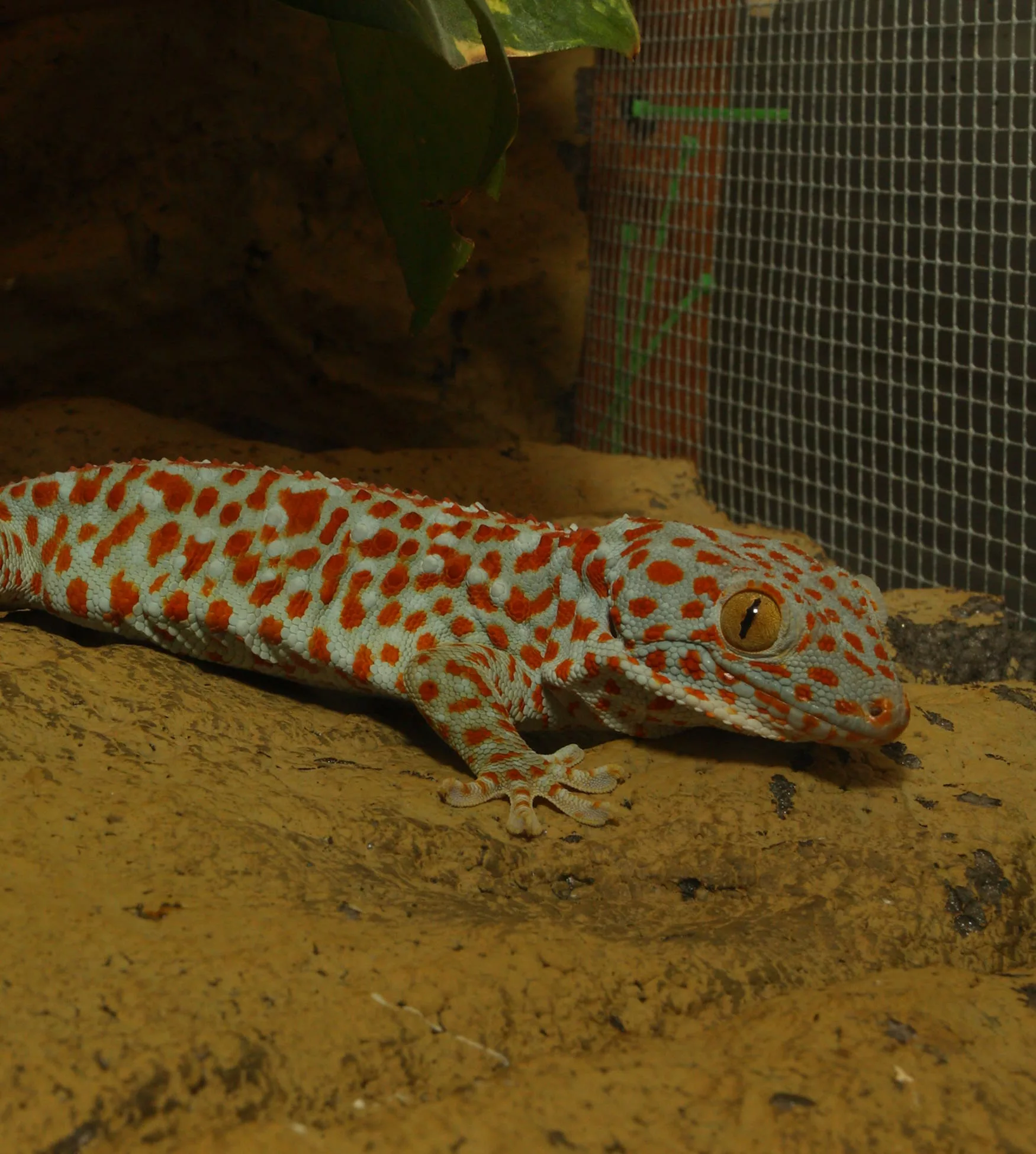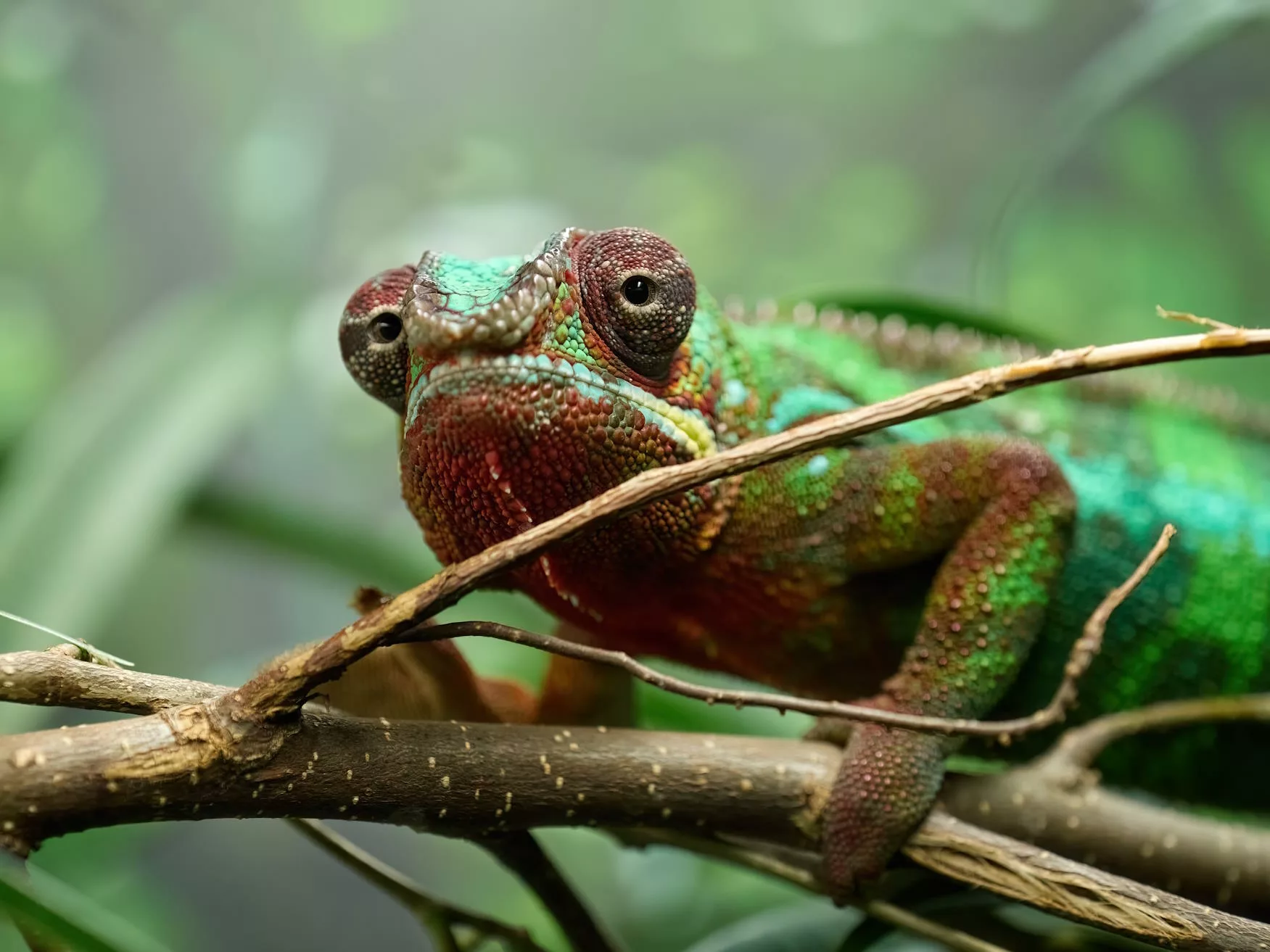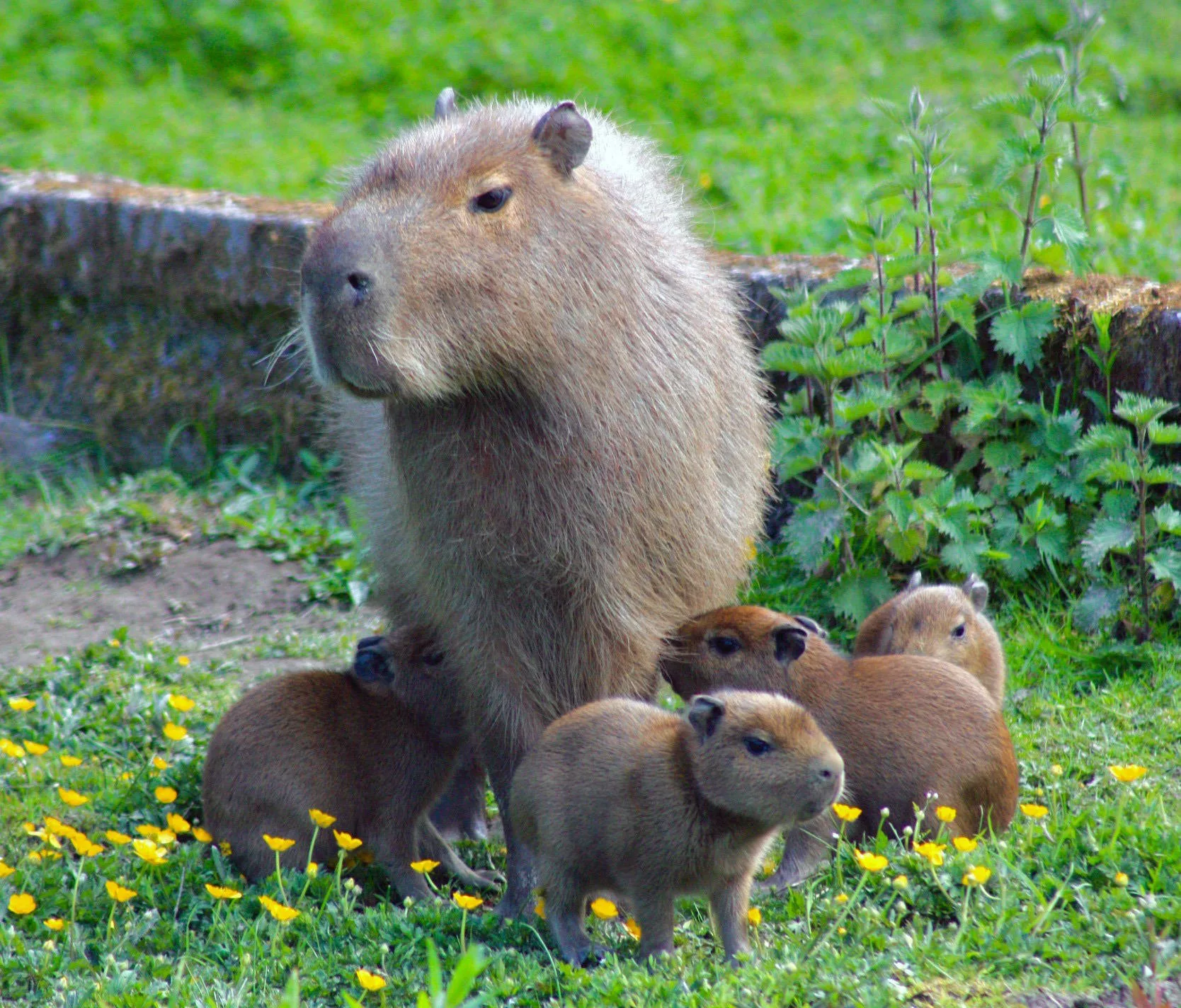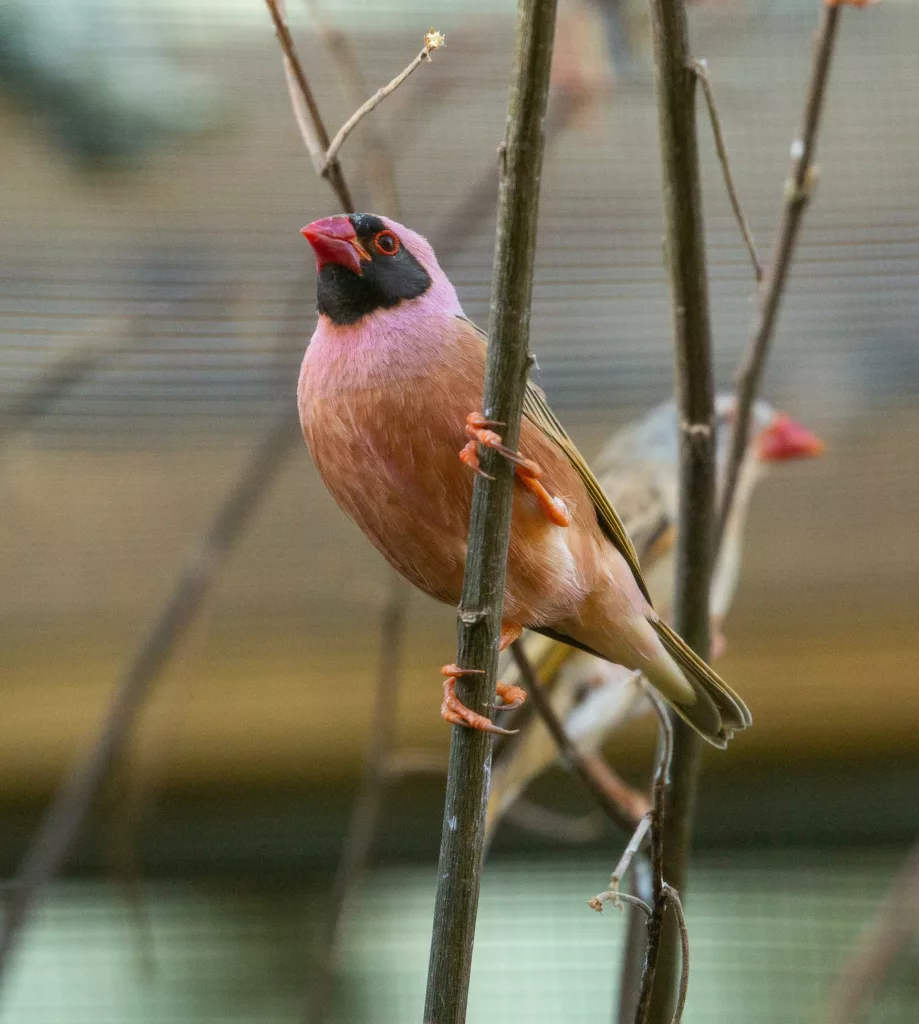
Red-billed quelea
Scientific name: Quelea quelea
IUCN listed as: Least Concern
Learn before you visit!
Here are some facts about the species – Discover what they eat, find out about their natural habitat, see what they like to do, and more… Set the reading style to suit you too, everyday speak or something aimed towards children.
Child-friendly
Everyday
Diet
The Red-Billed Quelea primarily feeds on seeds from grasses and crops, making them significant agricultural pests. They have a strong preference for small seeds, about 2 x 1 mm in size, but they also consume insects and spiders when seeds are scarce. This dietary flexibility helps them survive in various environments. During the breeding season, their diet shifts more towards insects to provide additional protein for chick development. Their feeding habits often lead to substantial crop damage, particularly in cereal fields.
Red-Billed Queleas eat mainly seeds from grasses and crops. They also eat insects and spiders when they can’t find enough seeds. This helps them survive in different places. Their eating habits can cause problems for farmers because they eat a lot of crops.
Breeding
Red-Billed Queleas are monogamous, and they breed in massive colonies that can contain millions of nests. They build their nests primarily in thorn bushes or reeds, using green grasses to construct small, oval-shaped nests. The breeding cycle is rapid, with incubation lasting about 9-10 days and the chicks fledging within 16 days. Both parents share the responsibilities of incubating the eggs and feeding the chicks. This cooperative breeding strategy ensures a high survival rate for the offspring.
These birds build nests in large groups, sometimes with millions of nests together. They use green grass to make small, oval nests in thorn bushes or reeds. The eggs hatch in about 9-10 days, and the chicks leave the nest after about 16 days. Both parents help take care of the eggs and chicks.
Habitat
The Red-Billed Quelea inhabits a wide range of environments, including savannas, grasslands, and agricultural fields. They are native to sub-Saharan Africa and thrive in semi-arid regions. These birds are highly adaptable and often found near water sources, which are crucial for their large breeding colonies. Habitat loss due to agricultural expansion and climate change poses a threat to their populations, although they remain highly resilient. Conservation efforts focus on managing their impact on crops and preserving natural habitats.
Red-Billed Queleas live in grasslands, savannas, and farms in sub-Saharan Africa. They are very adaptable and like to be near water. They can be found in many different environments, but their homes are sometimes destroyed by farming and climate change. Protecting their natural habitats is important.
At the zoo
In zoos, Red-Billed Queleas are housed in aviaries that mimic their natural environments, with ample vegetation and nesting materials. Their diet in captivity includes a mix of seeds, fruits, and insects to ensure they receive proper nutrition. Zoos play an important role in educating the public about these birds and their impact on agriculture. Breeding programs help maintain healthy populations and provide opportunities for scientific research. These efforts support conservation and awareness initiatives.
In zoos, Red-Billed Queleas live in enclosures with lots of plants and nesting materials. They eat seeds, fruits, and insects to stay healthy. Zoos help people learn about these birds and their effects on farming. Breeding programs in zoos keep their populations healthy.
Behaviour
Red-Billed Queleas are social and highly gregarious, often forming enormous flocks that can number in the millions. They are diurnal and spend much of their day foraging for food. During the breeding season, males display striking red bills and facial masks to attract females. These birds exhibit complex social behaviours, including cooperative feeding and communal roosting. Their ability to form large flocks is a key survival strategy, helping them evade predators and efficiently exploit food resources.
These birds live in huge groups and are very social. They are active during the day, looking for food. Males have bright red bills to attract females during breeding season. Living in big flocks helps them avoid predators and find food.
Fun facts
- Huge Flocks: They can form flocks of millions of birds.
- Rapid Breeding: Their breeding cycle is very fast, with chicks leaving the nest in just over two weeks.
- Flexible Diet: They eat seeds, insects, and spiders.
- Crop Pests: They can cause significant damage to crops, especially cereals.
- Adaptive Birds: They thrive in various environments, from savannas to farmland.
- Massive Groups: They often gather in groups of millions.
- Fast Growers: Their chicks grow up quickly, leaving the nest in about 16 days.
- Eats Many Things: They eat seeds and insects.
- Farm Trouble: They can eat a lot of crops and cause problems for farmers.
- Lives Anywhere: They can live in many different places, even on farms.
More animals to discover at our zoo
Quick Links
Tickets & Prices
You can buy tickets for Exmoor Zoo securely online, as well as finding out more price options, discover offers, and more…
What’s on…
Exmoor Zoo hosts incredible Events all through the year. You can find out about what we’ve got in store here…
Routes & info
Like any great discovery, Exmoor Zoo can feel a little off the beaten path – but don’t worry – you can plan your journey with our recommended routes and other useful travel info.
